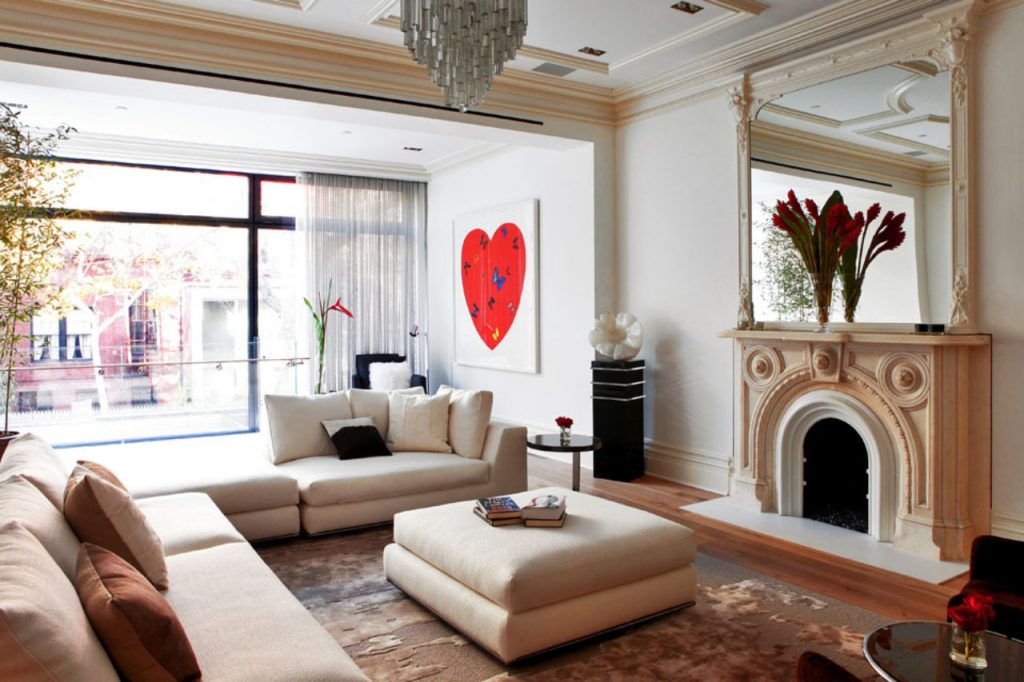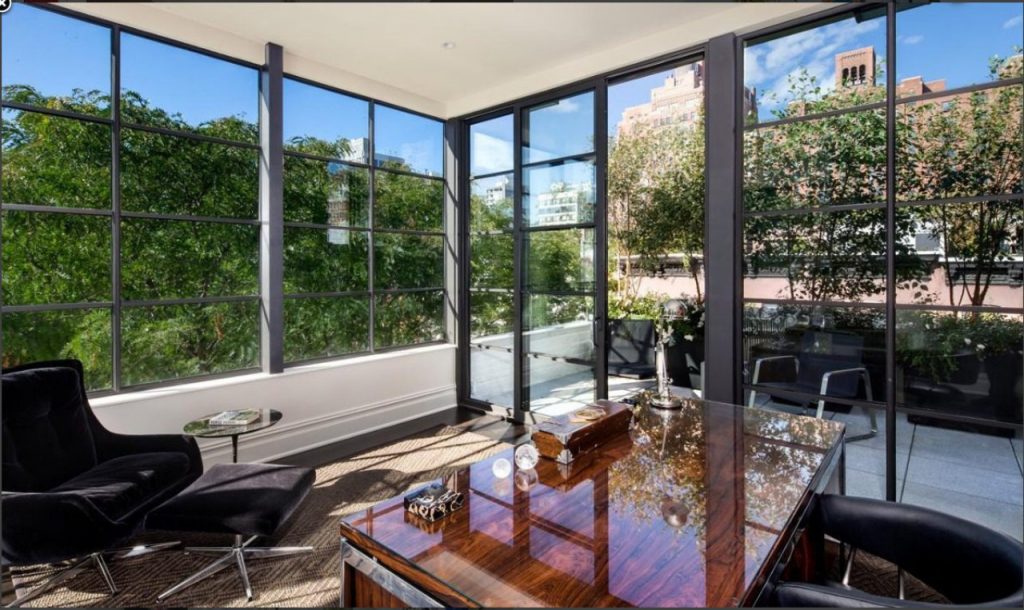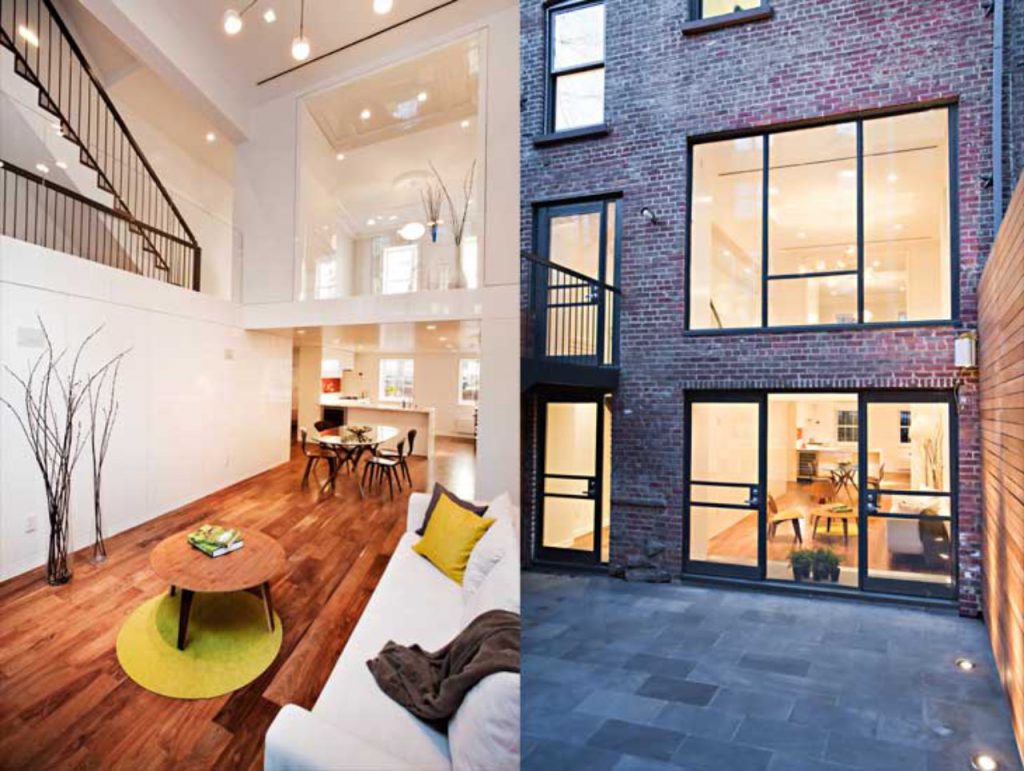When we think about the evolution of window materials and technologies, it’s clear that we’ve come a long way from the single-pane, drafty windows of the past.
Today, we’re in an era where energy efficiency, comfort, and design go hand in hand, thanks to advancements like thermally broken steel windows.
For homeowners, architects, and builders, making informed choices about windows isn’t just about aesthetics; it’s about understanding the nuances of window qualities and how they impact the overall living or working environment.
Thermally broken steel windows represent a modern solution that marries the structural strength and design flexibility of steel with advanced thermal performance. Imagine your window as a thermal mug, designed to keep your coffee hot and your iced tea cold, irrespective of the outside temperature.
Similarly, thermally broken steel windows are designed to keep the interior comfortable, regardless of the weather conditions outside, effectively acting as a barrier against heat or cold transfer. This makes them an invaluable component in creating energy-efficient and comfortable spaces.
Moreover, the choice of windows impacts not only the energy consumption and comfort levels but also the architectural design and aesthetic appeal of a building. With their sleek sightlines and durability, thermally broken steel windows offer an unmatched blend of function and form.

What are Thermally Broken Steel Windows?
Understanding the Basics
At its core, a thermally broken steel window is a type of window that has undergone a specific treatment to improve its insulation properties. The term “thermally broken” refers to a process where a non-conductive material is inserted between the inside and outside metal frames of the window.
This barrier effectively blocks the thermal transfer, making it harder for heat to escape in the winter or enter during the summer. It’s like having an insulating layer tucked within the steel frame, ensuring that the interior comfort of a space is maintained, irrespective of the external temperatures.
The Role of Thermal Break Technology
The magic behind these windows lies in the thermal break technology. This technology incorporates a material with low thermal conductivity—often polyamide or high-density polyurethane resin—into the frame, creating a thermal barrier.
This barrier acts much like a bouncer at a nightclub, controlling the flow of heat and cold, allowing only the desired temperature to permeate the interior while keeping the unwanted external temperatures at bay.
Traditional vs. Thermally Broken Steel Windows
To appreciate the value of thermally broken steel windows, it’s essential to compare them with traditional steel windows, which lack this crucial insulating feature.
Traditional steel frames, while strong and aesthetically pleasing, act as conductors for heat and cold. This can lead to energy inefficiency, condensation, and discomfort within the space.
In contrast, thermally broken steel windows mitigate these issues, providing a modern solution that doesn’t compromise on strength or beauty.
Benefits of Thermally Broken Steel Windows
Energy Efficiency
One of the most compelling arguments for choosing thermally broken steel windows is their superior energy efficiency. By reducing the thermal transfer between the exterior and interior, these windows help maintain a consistent temperature within a space.
This not only reduces the reliance on heating and cooling systems but also contributes to lower energy bills and a reduced carbon footprint.
| Feature | Benefit |
|---|---|
| Thermal Break Technology | Reduces heat transfer, improving energy efficiency |
| Durable Materials | Ensures longevity and reduces replacement costs |
| Improved Insulation | Lowers heating and cooling costs |
Comfort
Beyond the numbers on your energy bill, thermally broken steel windows elevate the comfort of your living or working space. They eliminate cold spots and reduce condensation, which can lead to mold and mildew. This means warmer, drier winters and cooler, more comfortable summers.
Durability and Maintenance
Steel is renowned for its strength, making thermally broken steel windows an investment in durability. Unlike other materials that may warp, crack, or fade over time, steel windows maintain their integrity and appearance with minimal maintenance. This longevity not only adds to the aesthetic appeal of a building but also to its market value.
Aesthetics
When it comes to design flexibility, thermally broken steel windows offer a wealth of options. Their slim profiles and customizability make them a favorite among architects and designers.
Whether you’re aiming for a modern, industrial, or traditional look, these windows can be tailored to meet your vision, enhancing the architectural design and curb appeal of your project.
Sound Insulation
An often-overlooked benefit is the improvement in sound insulation. The same properties that make these windows excellent at insulating against temperature changes also help dampen outside noise, creating a quieter and more serene interior environment.

How Thermally Broken Steel Windows are Made
The manufacturing process of thermally broken steel windows is both an art and a science. It begins with the selection of high-quality steel, which is then shaped into frames.
The thermal break is introduced by inserting a non-conductive material between the inner and outer steel sections. This material is carefully chosen for its thermal insulating properties, such as polyamide or polyurethane, and is integrated into the frame using a process that ensures maximum thermal efficiency and structural integrity.
Quality assurance is a critical part of the manufacturing process, with each window undergoing rigorous testing to meet industry standards for energy efficiency, durability, and performance.
This meticulous attention to detail ensures that each thermally broken steel window not only looks stunning but also performs exceptionally well over time.
Comparing Thermally Broken Steel Windows to Other Window Types
When it comes to selecting windows for a project, it’s crucial to understand how thermally broken steel windows stack up against other options like aluminum, PVC, and traditional steel.
Each material has its pros and cons, but for those prioritizing energy efficiency, durability, and aesthetic versatility, thermally broken steel windows often emerge as the superior choice.
Energy Efficiency and Insulation
Thermally broken steel windows excel in energy efficiency compared to non-thermally broken steel and aluminum windows.
The insertion of a thermal break significantly reduces heat loss and gain, leading to more stable interior temperatures and lower energy costs.
In contrast, traditional steel and aluminum frames, without this insulation feature, can lead to higher energy bills due to their higher thermal conductivity.
| Window Type | Thermal Conductivity | Energy Efficiency |
|---|---|---|
| Thermally Broken Steel | Low | High |
| Non-Thermally Broken Steel | High | Low |
| Aluminum | High | Moderate |
| PVC | Very Low | High |
Durability and Maintenance
Steel’s inherent strength makes thermally broken steel windows a highly durable option, resistant to warping, shrinking, and corrosion with proper treatment.
This durability surpasses that of PVC and aluminum, offering a longer lifespan with minimal maintenance. While PVC windows are low maintenance, they may not match the structural strength and longevity of steel.
Aluminum is durable but can be prone to corrosion if not properly coated.
Aesthetic Versatility
The slim profiles and design flexibility of thermally broken steel windows are unmatched, providing architects and designers with the ability to create both traditional and modern aesthetics.
While aluminum windows can also offer slim lines, they lack the warmth and character steel brings.
PVC windows, though versatile in finish and color, often lack the slim sightlines and customizability that many high-end projects require.
Cost Comparison
Initially, thermally broken steel windows may have a higher upfront cost compared to aluminum and PVC options. However, when considering long-term energy savings, durability, and aesthetic value, they can offer greater overall value. The table below provides a comparative overview:
| Window Type | Initial Cost | Long-term Value |
|---|---|---|
| Thermally Broken Steel | High | High |
| Non-Thermally Broken Steel | Moderate | Moderate |
| Aluminum | Low to Moderate | Moderate |
| PVC | Low | Moderate |
Installation and Maintenance
Best Practices for Installation
The installation of thermally broken steel windows requires precision and expertise. Proper installation ensures maximum energy efficiency, operability, and longevity.
It involves careful framing, sealing, and finishing to prevent thermal bridging and ensure a perfect fit within the building envelope. Employing experienced installers is crucial to leverage the full benefits of these windows.
Maintenance Tips
Despite their durability, thermally broken steel windows do require some maintenance to preserve their function and appearance.
Regular cleaning, inspection of seals and finishes, and timely repairs can keep windows operating smoothly and looking their best.
Fortunately, the maintenance regimen for these windows is relatively minimal compared to other types, thanks to their robust construction and quality materials.
Case Studies
Real-world applications of thermally broken steel windows showcase their transformative impact on both residential and commercial spaces. From historic renovations where aesthetic integrity must be preserved, to contemporary new builds prioritizing energy efficiency and design flexibility, these windows have proven their value across a variety of projects.

Conclusion
Thermally broken steel windows offer a compelling combination of energy efficiency, durability, aesthetic versatility, and sound insulation, making them an excellent choice for both new constructions and renovations.
By understanding the benefits and considerations associated with these windows, homeowners, architects, and builders can make informed decisions that enhance the comfort, value, and beauty of their spaces.



